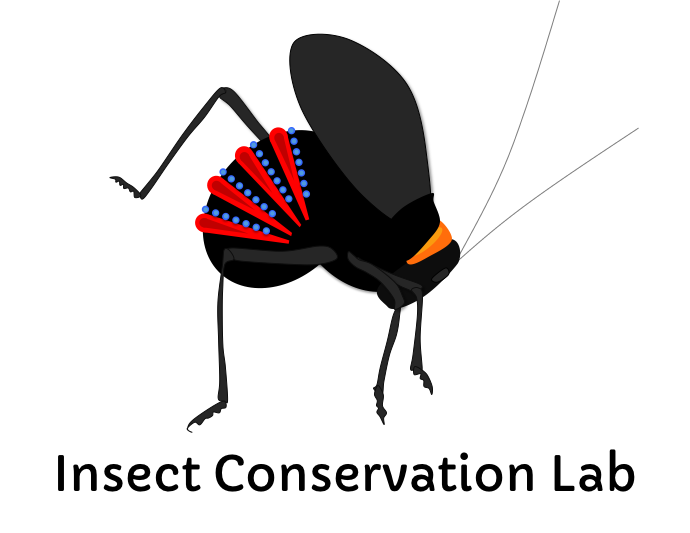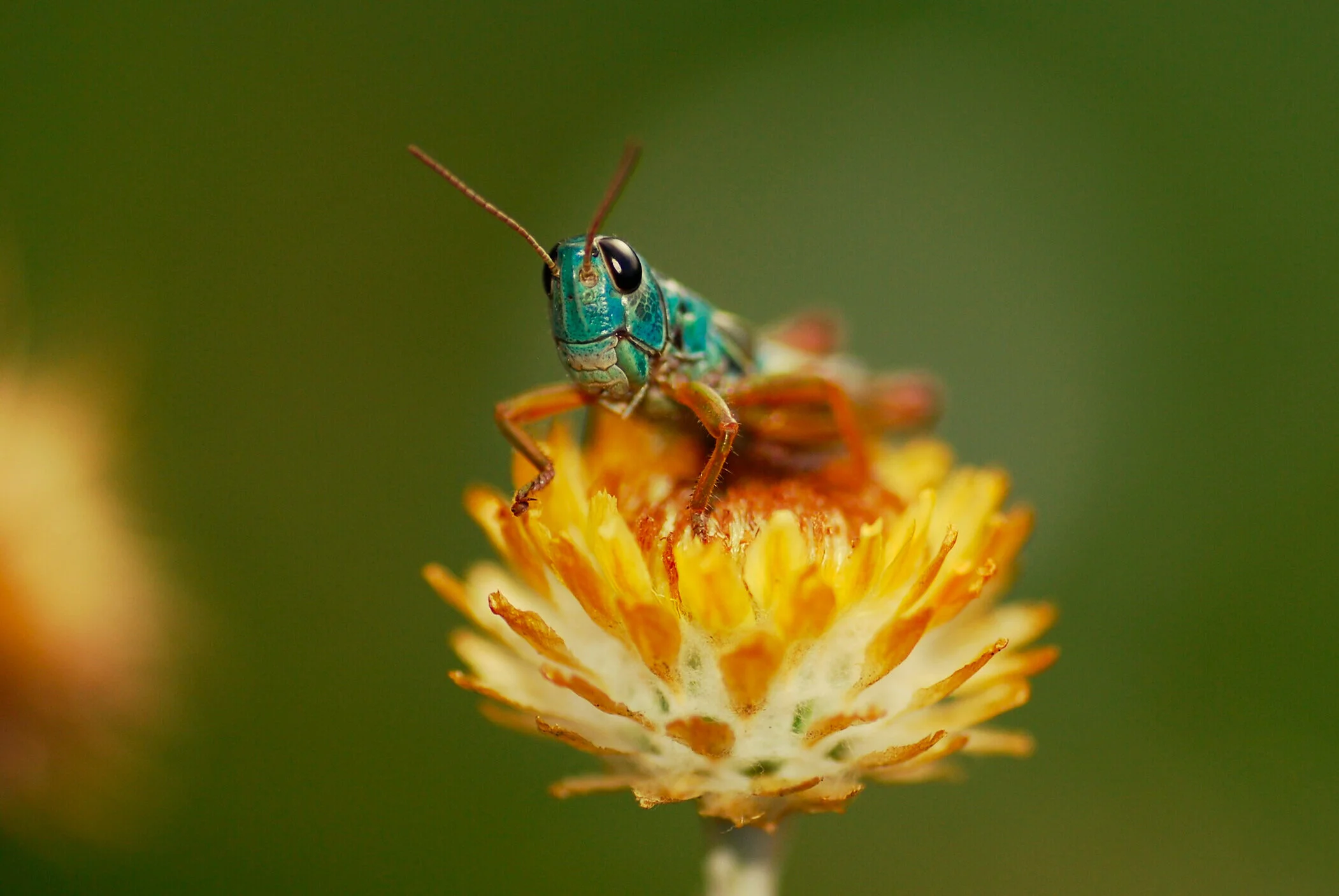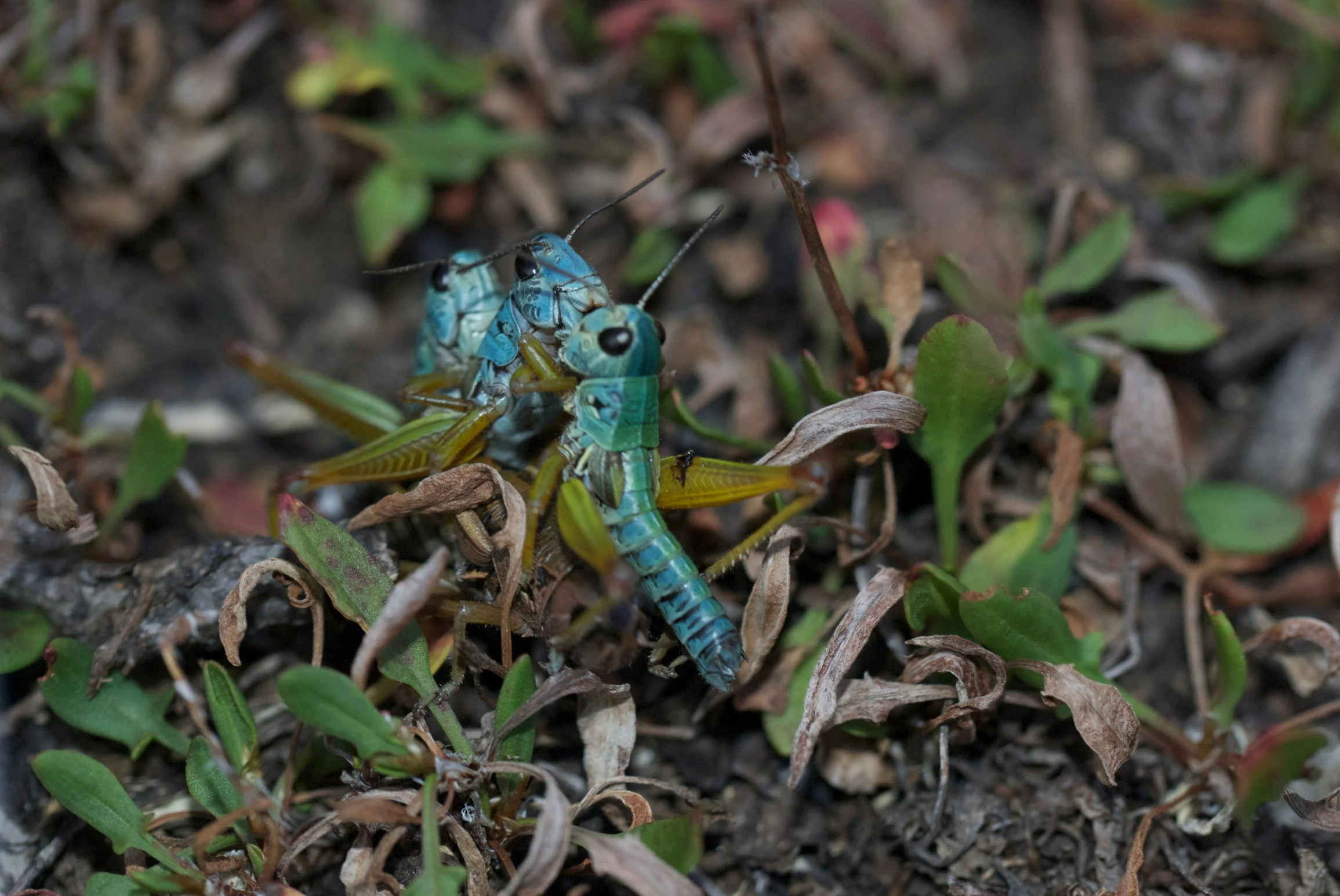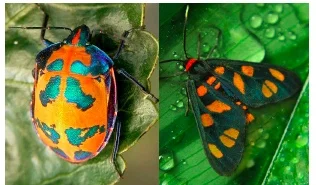In my lab we have a fully-funded PhD scholarship available for a domestic student (citizen of Australia or NZ) to work with our wonderful team at WSU (and the wonderful boarder network of people interested in looking after the Bogong moth). I am happy to consider students that are interested in any aspect of Bogong moth conservation science, especially their migration which includes breeding grounds, flyways and aestivation sites. First Nations Australians strongly encouraged to apply. This project is in partnership with Invertebrates Australia, Zoos Victoria, Xerces Society, and Lund University and in collaboration with DeadlyScience and the Australian Academy of Sciences.
Please circulate as widely as possible!
Applications close April 30th and the candidate needs to meet with me before then to discuss the project (I am on leave from April 14 - 21st but folks should continue to email me during that time if interested, I will struggle to reply until the 22nd though). k.umbers@westernsydney.edu.au
Thanks everyone!
Kate



















